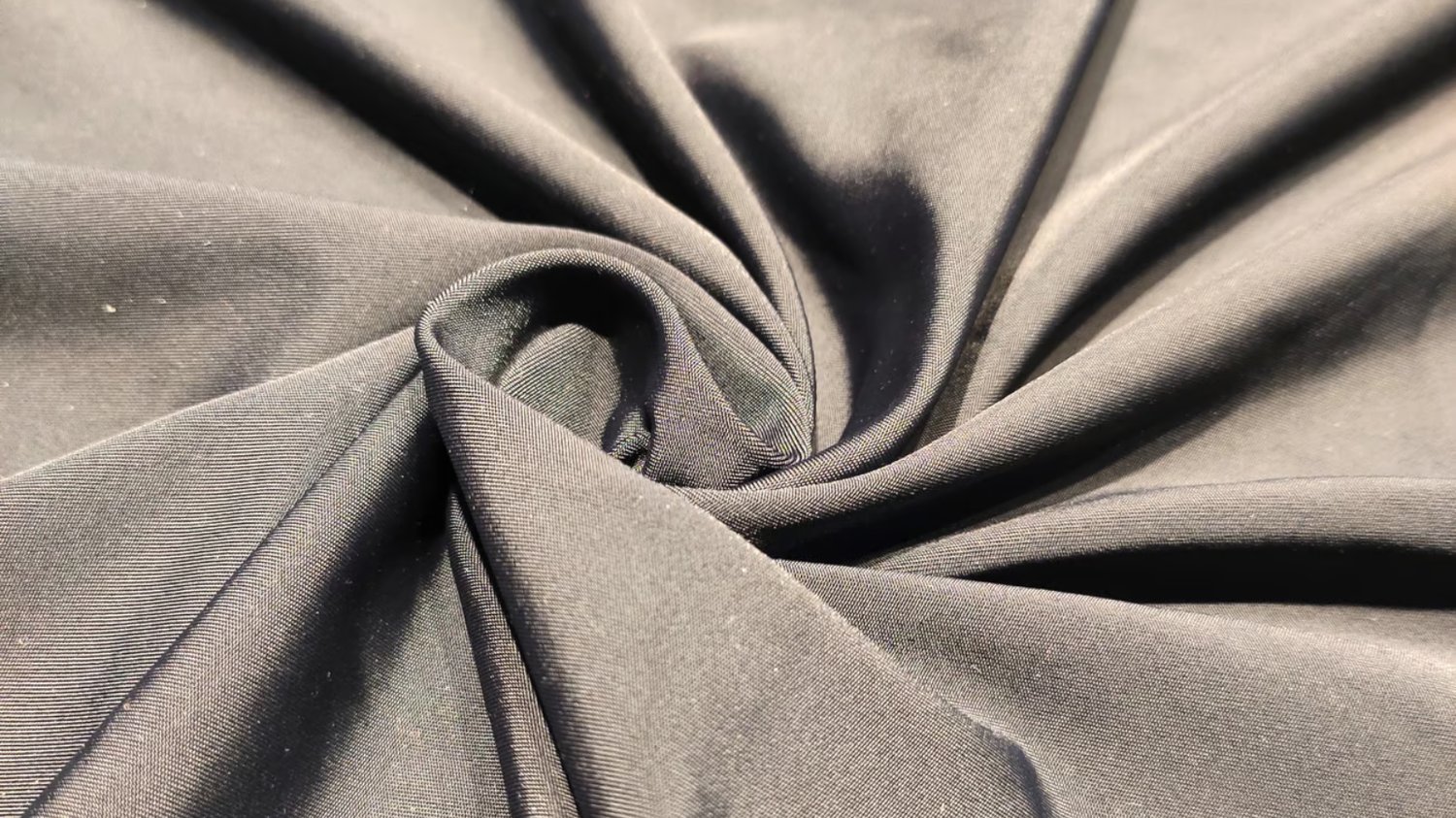Heated fabrics: A Game-Changer in Clothing Design
Advancements in textile technology have led to the creation of innovative fabrics, including heated fabrics. These materials are transforming the clothing industry and how we perceive fashion. Heated fabrics are not only functional- they also make a fashion statement. In this article, we will explore the numerous benefits of heated fabrics and how they are being incorporated into clothing designs.
1. What are Heated Fabrics?
Heated fabrics, also known as smart fabrics, are textiles that incorporate conductive fibers to generate warmth. They are engineered to transfer heat directly to the body, eliminating the need for bulky insulating layers. Heated fabrics consist of ultra-thin wires that generate heat through electrical conductivity. The wires are usually connected to a power source, often in the form of a rechargeable battery or portable USB charger.
2. How Do Heated Fabrics Work?
Heated fabrics work by transforming electrical energy into heat. The conductive fibers in the fabric carry an electric current that produces heat and warms the surrounding area. Once activated, the heated fibers generate warmth instantly and begin to distribute heat throughout the garment. The temperature of the fabric can be adjusted based on individual preference, ensuring maximum comfort and utility.
3. Benefits of Heated Fabrics
The benefits of heated fabrics are numerous, particularly for individuals who live in cold climates or participate in outdoor activities. Some of the benefits include:
- Increased comfort and warmth in cold environments
- Greater flexibility and mobility due to reduced bulkiness
- Improved safety in hazardous environments by reducing the risk of hypothermia
- Reduced energy use by allowing individuals to stay warm with lower indoor temperatures
- Decreased reliance on traditional heating systems, leading to lower energy costs and environmental impact
4. Applications of Heated Fabrics
Heated fabrics are being used in various applications, from clothing to healthcare. The most common applications include:
- Heated jackets, vests, and outerwear for outdoor activities
- Heated gloves, socks, and hats for improved comfort and warmth
- Heated blankets and mattress pads for use in bed
- Heated therapy pads for pain relief and muscle relaxation
- Heated car and motorcycle seats for improved comfort during cold weather
5. Design Considerations for Heated Fabrics
Designers who incorporate heated fabrics into their garments must pay specific attention to several factors, such as:
- Selecting an appropriate power source to ensure adequate heating without adding excessive weight
- Incorporating heating zones in areas where warmth is most desired, such as the chest, back, and hands
- Choosing materials that are durable and flexible to withstand repeated use and washing
- Designing garments that are functional and stylish to appeal to a broad audience
6. Environmental Impact of Heated Fabrics
While heated fabrics offer numerous benefits, they also have environmental implications. Some of the environmental effects of heated fabrics include:
- Increased energy consumption, particularly in areas that rely on non-renewable energy sources
- Increased pollution resulting from higher energy consumption
- The production of heated fabrics requires more extensive resources and energy than traditional fabrics, leading to increased carbon footprints
- Discarded batteries from heated garments contribute to electronic waste pollution
7. Safety Considerations for Heated Fabrics
Although heated fabrics are designed with safety and comfort in mind, there are still safety considerations that designers and users must take into account. Some of these include:
- Ensuring that garments are not worn while sleeping to avoid the risk of burns or electrocution
- Advising individuals with medical conditions, such as poor circulation, to consult with a doctor before using heated fabrics
- Maintaining the integrity of the rechargeable battery and avoiding exposure to extreme heat
- Following manufacturer instructions for washing and care to prevent damage to the heated fibers
8. Consumer Demand for Heated Fabrics
Heated fabrics have gained popularity in recent years, as consumers seek a better balance between comfort and function. The demand for heated fabrics has led to increased competition among manufacturers, resulting in improved quality and affordability. As a result, heated fabrics are no longer just a luxury item, but can be found in a range of price points.
9. What Does the Future Hold for Heated Fabrics?
The future of heated fabrics is promising, with continued research and development focusing on improving efficiency and reducing environmental impact. Innovations in textile engineering are likely to lead to the production of more advanced and versatile fabrics, expanding the realm of what is possible in clothing design. As society continues to prioritize comfort and convenience, it is likely that heated fabrics will continue to gain popularity and become a staple in the textile industry.
10. Conclusion
Heated fabrics represent a significant advancement in textile innovation, providing a range of benefits for individuals in various applications. Although there are environmental and safety considerations to take into account, the popularity and demand for heated fabrics are likely to drive continued progress and development. As we move towards a more sustainable and efficient future, heated fabrics will play an essential role in revolutionizing clothing and textile design.

